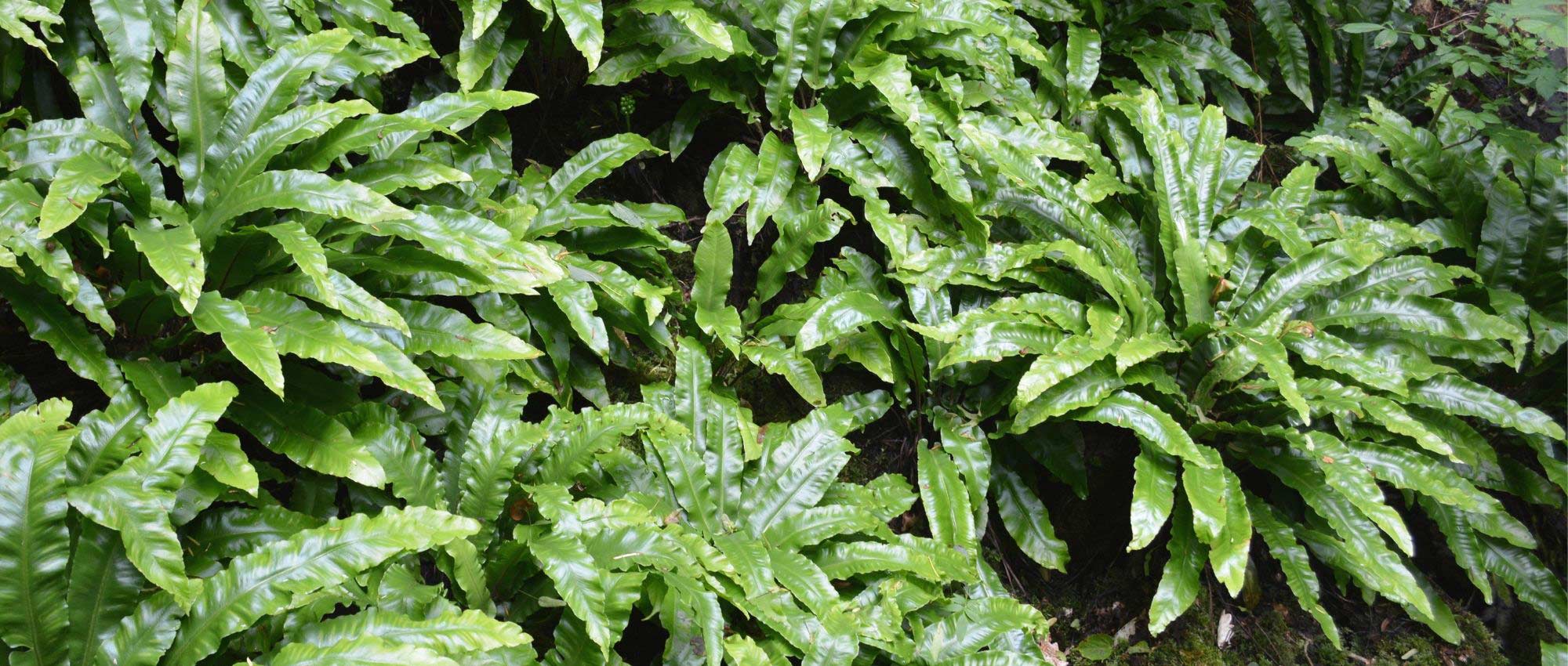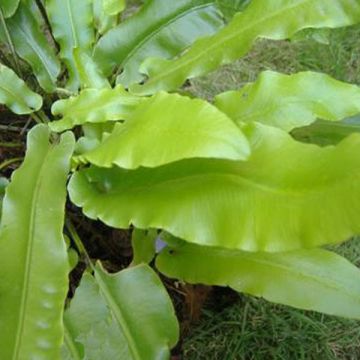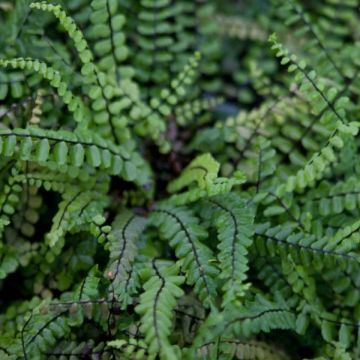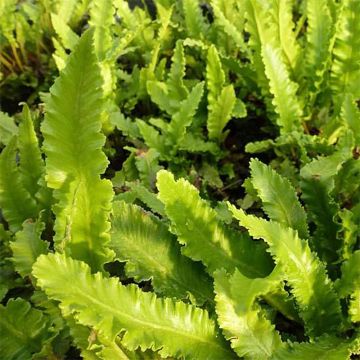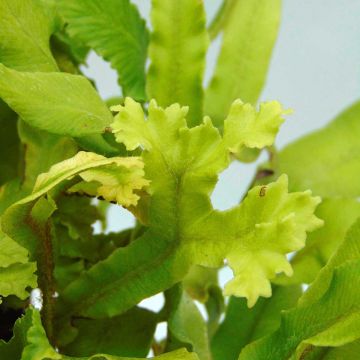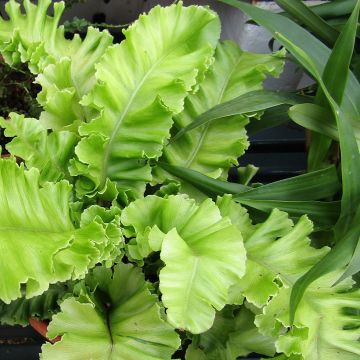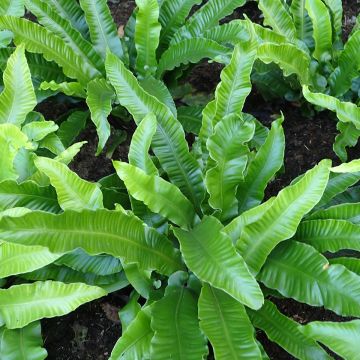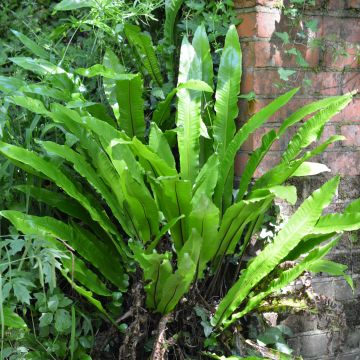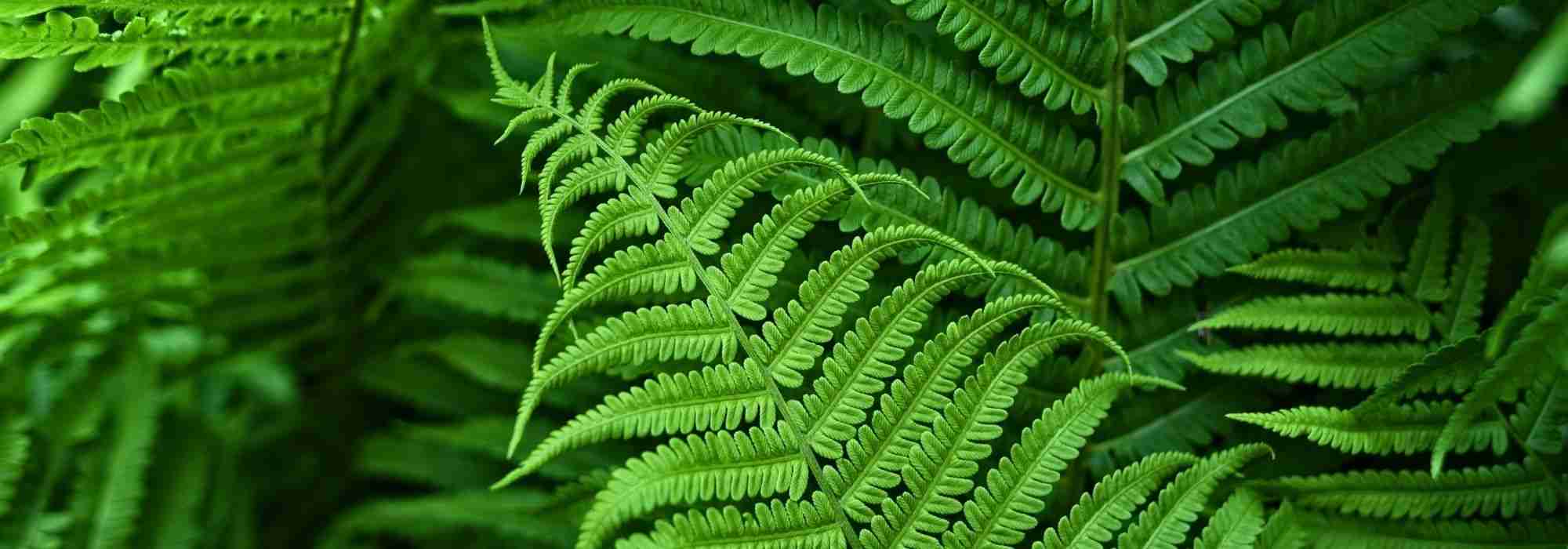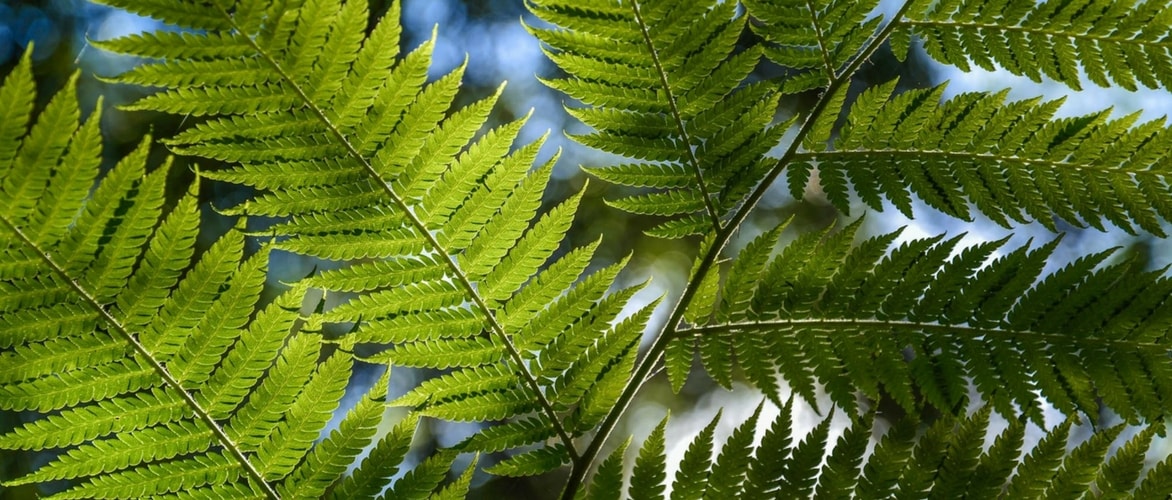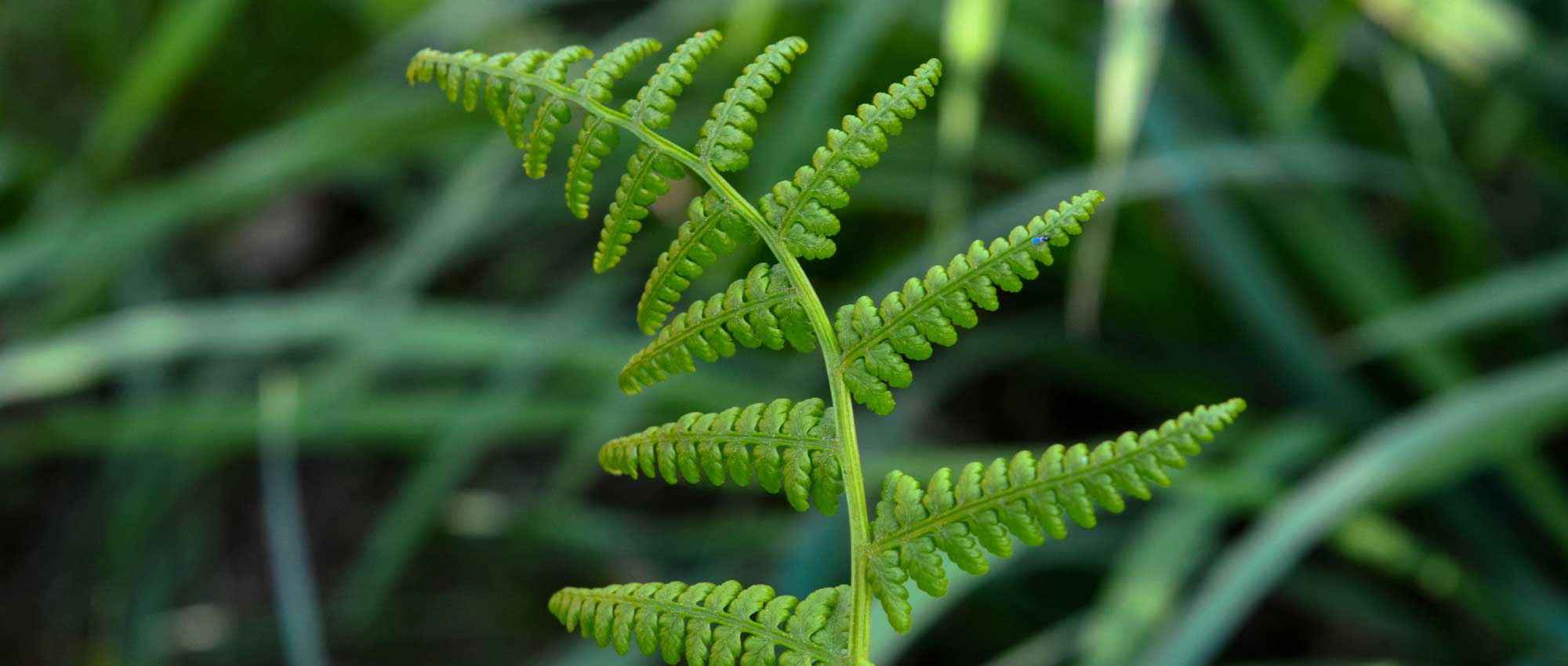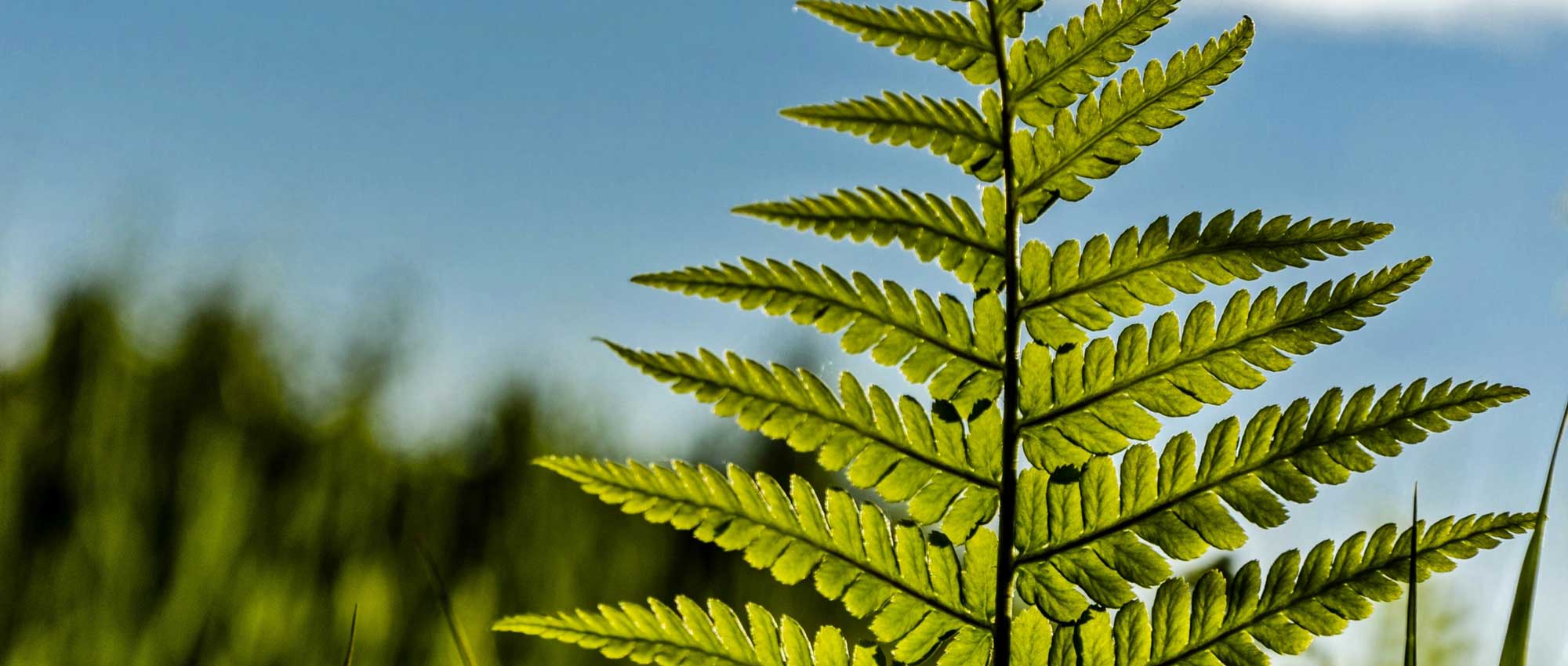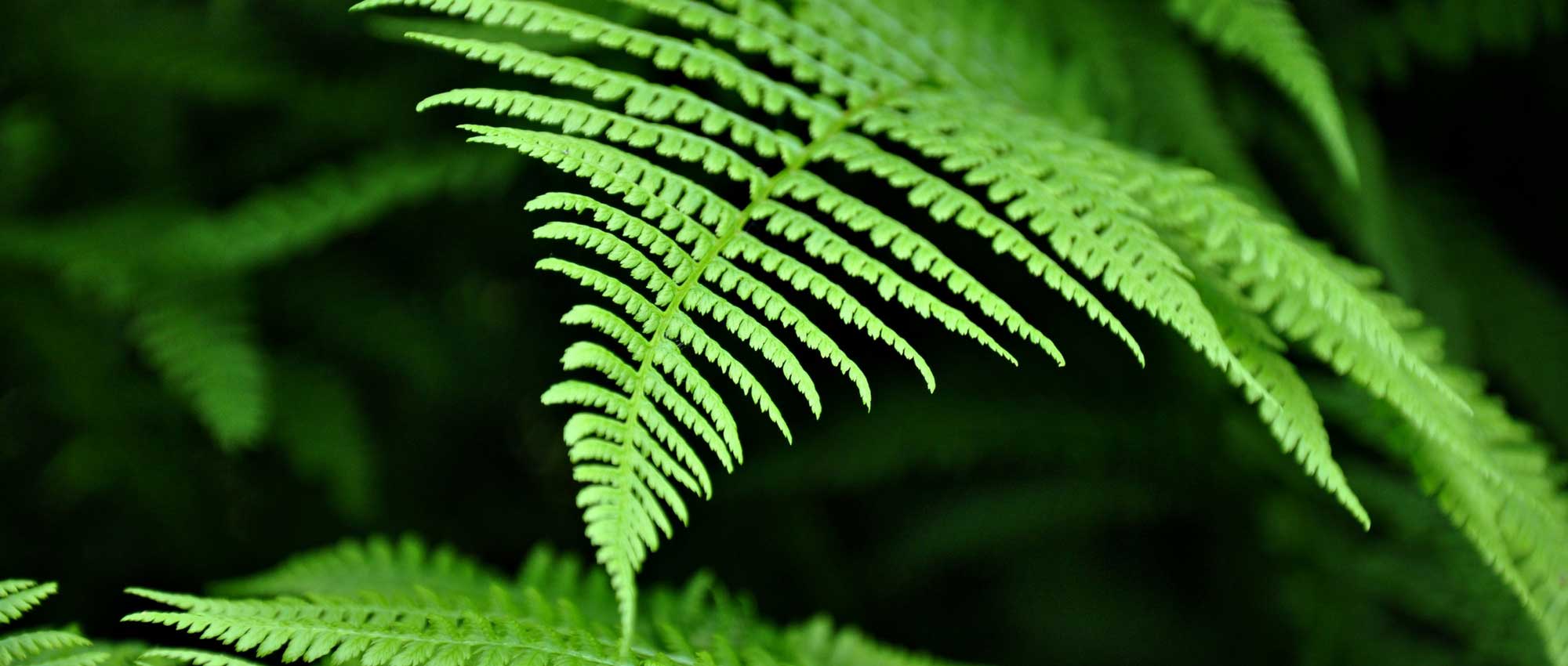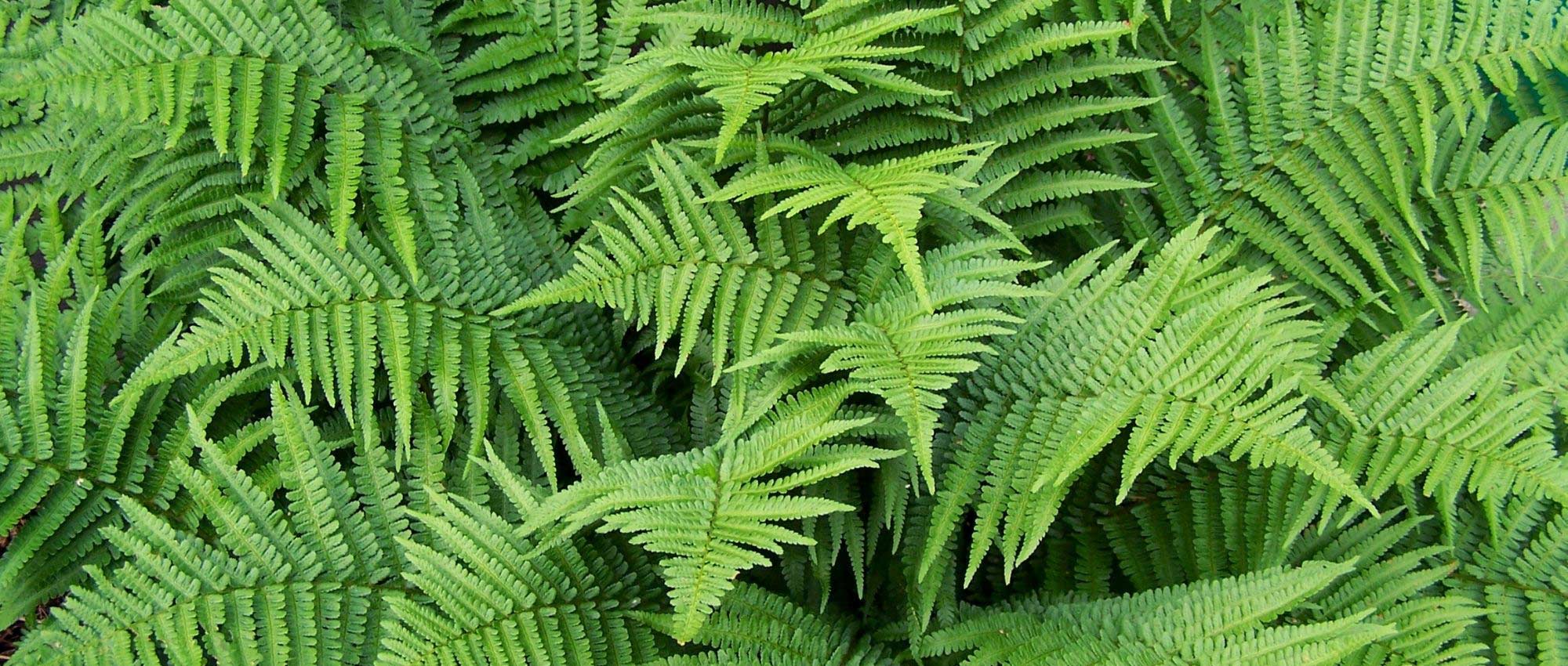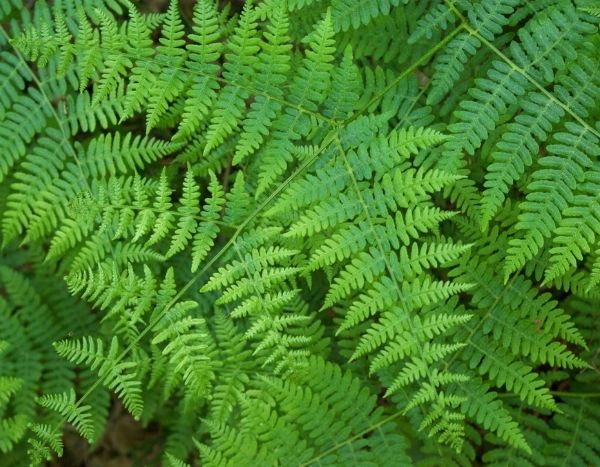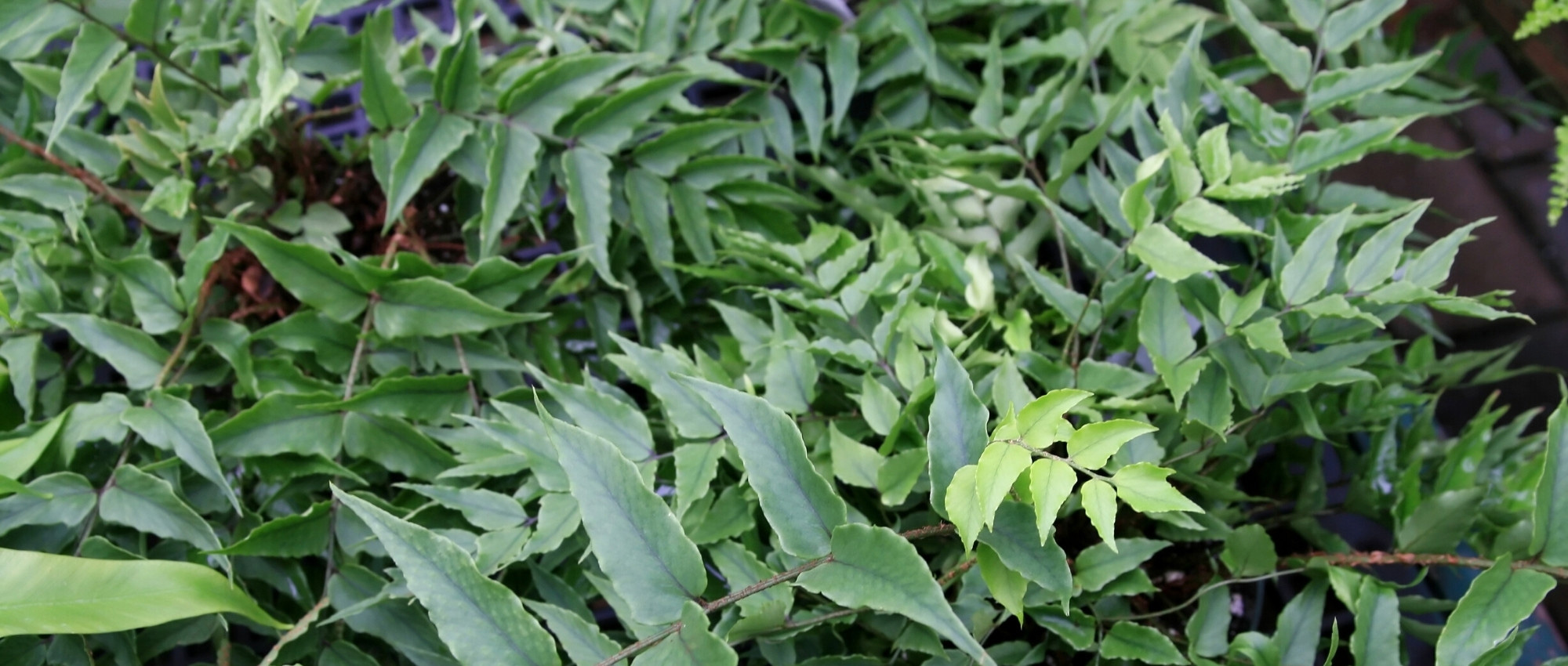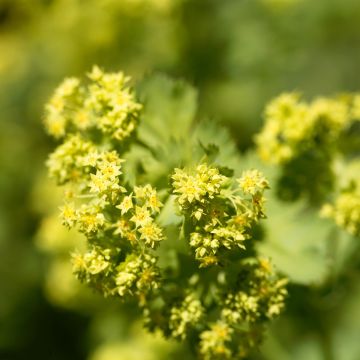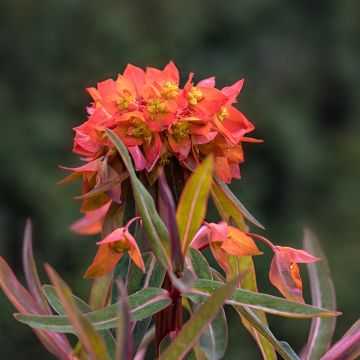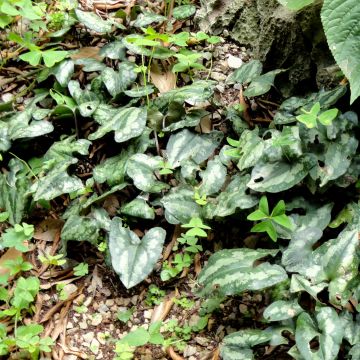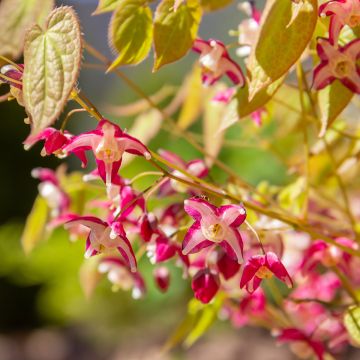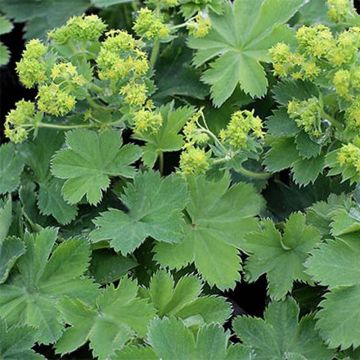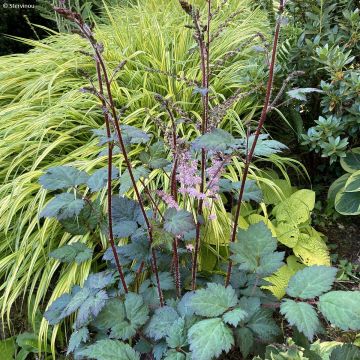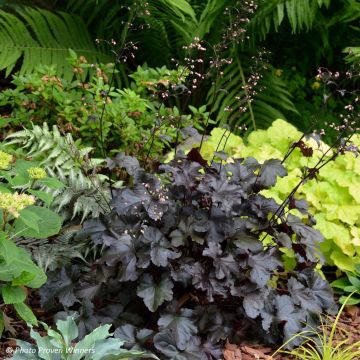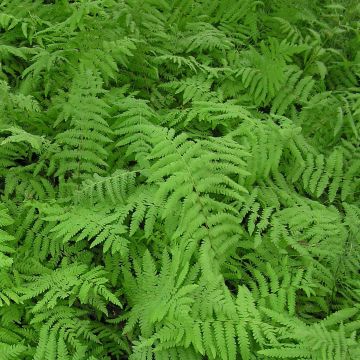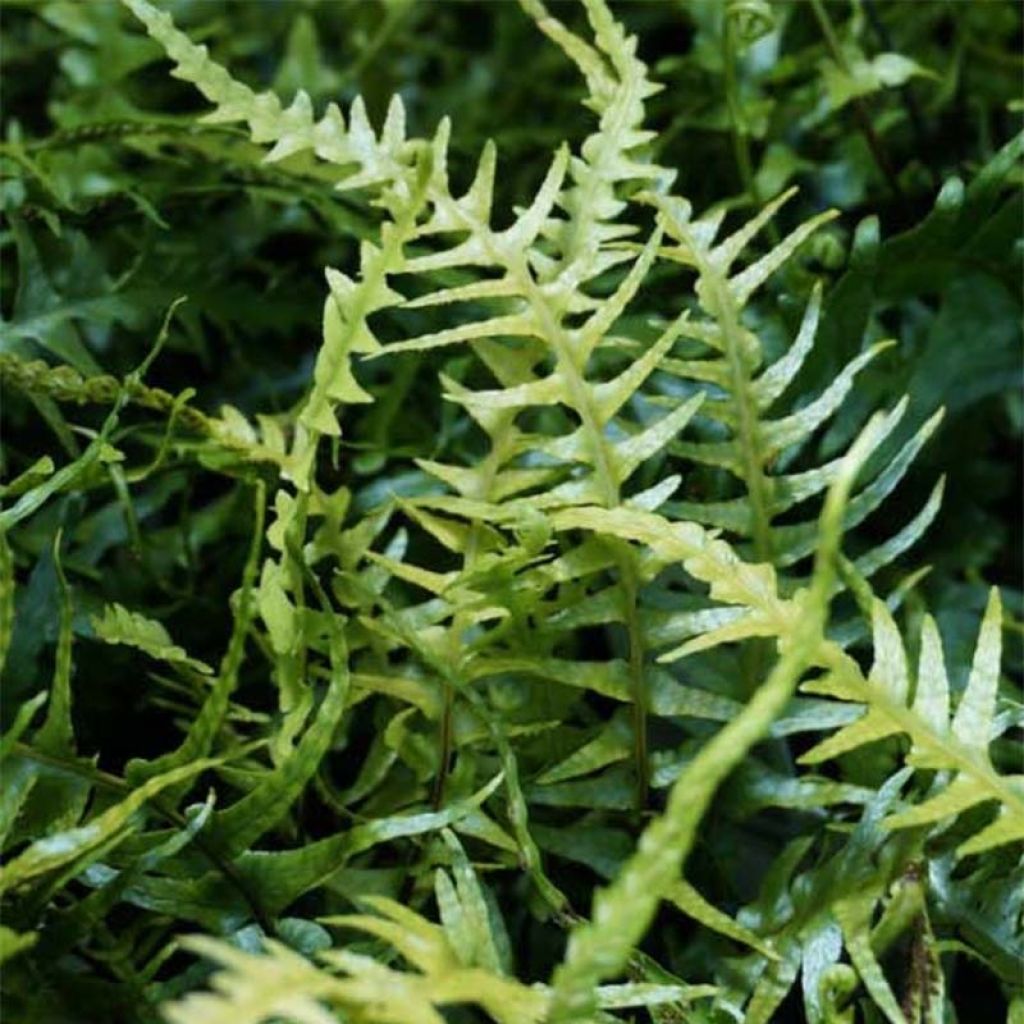

Asplenium x ebenoides
Asplenium x ebenoides
Asplenium x ebenoides
Dragon's Tail Fern, Scott's Spleenwort
Received in good condition, Lovely little fern with an exotic appearance that reminds me of the plants in my terrariums. Planted in a shady bed, it blends well with my other plants.
Antoine, 20/05/2023
Special offer!
Receive a €20 voucher for any order over €90 (excluding delivery costs, credit notes, and plastic-free options)!
1- Add your favorite plants to your cart.
2- Once you have reached €90, confirm your order (you can even choose the delivery date!).
3- As soon as your order is shipped, you will receive an email containing your voucher code, valid for 3 months (90 days).
Your voucher is unique and can only be used once, for any order with a minimum value of €20, excluding delivery costs.
Can be combined with other current offers, non-divisible and non-refundable.
Home or relay delivery (depending on size and destination)
Schedule delivery date,
and select date in basket
This plant carries a 12 months recovery warranty
More information
We guarantee the quality of our plants for a full growing cycle, and will replace at our expense any plant that fails to recover under normal climatic and planting conditions.

Does this plant fit my garden?
Set up your Plantfit profile →
Description
Asplenium ebenoides is an astonishing small evergreen fern resulting from cross-breeding between Asplenium platyneuron and Camptosorus rhizophyllus, known by the evocative name of Dragon's Tail Fern. This captivating chimera combines the characteristics of its two parents on its fronds and does not resemble any other plant. This Asplenium forms slightly anarchic tufts of vibrant lettuce-green and sometimes spreads in small colonies, bringing life to the darker areas of the garden even in winter. Perfect for slightly damp limestone rockeries, it is also a very trendy plant for the veranda or terrariums.
Asplenium ebenoides is a perennial fern belonging to the Asplenium family. Its two parents are native to eastern North America. Anchored by a short rhizome covered with brown-red scales, this Asplenium will form a tuft that is approximately 30 cm (12 in) tall and wide, which persists through winter. The foliage consists of long triangular fronds, pinnate at the base like Asplenium platyneuron, while at the tip of each frond, the terminal pinna is entire and pointed like Camptosorus rhizophyllus. The divisions, or pinnae, of the middle part of the frond are irregularly cut, either lobed or symmetrically cut, i.e. pinnatifid. The rachis, the large central vein of the frond, is shiny, reddish-brown or violet at the base. The fronds of this fern spread out and then stand upright. Those that are fertile and will bear the reproductive cells rise slightly above the sterile fronds. Each frond measures 2 to 20 cm (0.8 to 8 in) long and 1 to 6 cm (0.4 to 2.4 in) wide. Like its parent, Camptosorus rhizophyllus, this fern has the ability to root at the tip of the frond if it comes into contact with a moist substrate, giving rise to a daughter plant. The reproductive cells (sori) are arranged on the lower surface of the fertile fronds. The first hybrid found in the USA was sterile, but the discovery in the state of Georgia of a tetraploid plant, possessing a double set of chromosomes and producing viable spores, allowed the multiplication of this astonishing asplenium, to the delight of collectors.
Asplenium ebenoides is an ideal small evergreen fern to enhance a fresh rockery or shaded borders under the cover of trees, always in a well-drained soil. It easily settles in a few centimetres (about an inch) of compost, clinging between the stones of a rocky scree bordering a small waterfall, for example. When grown in a pot, its unusual charm will be appreciated on the veranda or in an unheated room. To accompany it, consider, for example, Ivy-leaved Toadflax (Cymbalaria muralis), the liverworts, or Japanese Painted Fern (Athyrium niponicum 'Pictum').
Asplenium x ebenoides in pictures


Foliage
Plant habit
Botanical data
Asplenium
x ebenoides
Aspleniaceae
Dragon's Tail Fern, Scott's Spleenwort
North America
Other Asplenium
View all →Planting and care
Asplenium are very hardy and grow everywhere in the shade or partial shade, as long as the top layer of the soil is rich in leaf compost and remains slightly moist. They even cling to limestone cliffs in forests, just on a layer of thick leaf compost a few centimetres (about an inch) deep. They fear heavy and damp soils more than rocky soils. On poor soil, occasionally add some dead leaf compost. Asplenium ebenoides is ideally cultivated in a limestone rockery that is always slightly moist, in partial shade or shade. It also tolerates slightly acidic sandy or schist soils.
Attention: this fern seems to be particularly appreciated by slugs and snails. Make sure to protect the plants from attacks that can be significant in spring and autumn.
Planting period
Intended location
Care
Planting & care advice
-
, onOrder confirmed
Reply from on Promesse de fleurs
Similar products
Haven't found what you were looking for?
Hardiness is the lowest winter temperature a plant can endure without suffering serious damage or even dying. However, hardiness is affected by location (a sheltered area, such as a patio), protection (winter cover) and soil type (hardiness is improved by well-drained soil).

Photo Sharing Terms & Conditions
In order to encourage gardeners to interact and share their experiences, Promesse de fleurs offers various media enabling content to be uploaded onto its Site - in particular via the ‘Photo sharing’ module.
The User agrees to refrain from:
- Posting any content that is illegal, prejudicial, insulting, racist, inciteful to hatred, revisionist, contrary to public decency, that infringes on privacy or on the privacy rights of third parties, in particular the publicity rights of persons and goods, intellectual property rights, or the right to privacy.
- Submitting content on behalf of a third party;
- Impersonate the identity of a third party and/or publish any personal information about a third party;
In general, the User undertakes to refrain from any unethical behaviour.
All Content (in particular text, comments, files, images, photos, videos, creative works, etc.), which may be subject to property or intellectual property rights, image or other private rights, shall remain the property of the User, subject to the limited rights granted by the terms of the licence granted by Promesse de fleurs as stated below. Users are at liberty to publish or not to publish such Content on the Site, notably via the ‘Photo Sharing’ facility, and accept that this Content shall be made public and freely accessible, notably on the Internet.
Users further acknowledge, undertake to have ,and guarantee that they hold all necessary rights and permissions to publish such material on the Site, in particular with regard to the legislation in force pertaining to any privacy, property, intellectual property, image, or contractual rights, or rights of any other nature. By publishing such Content on the Site, Users acknowledge accepting full liability as publishers of the Content within the meaning of the law, and grant Promesse de fleurs, free of charge, an inclusive, worldwide licence for the said Content for the entire duration of its publication, including all reproduction, representation, up/downloading, displaying, performing, transmission, and storage rights.
Users also grant permission for their name to be linked to the Content and accept that this link may not always be made available.
By engaging in posting material, Users consent to their Content becoming automatically accessible on the Internet, in particular on other sites and/or blogs and/or web pages of the Promesse de fleurs site, including in particular social pages and the Promesse de fleurs catalogue.
Users may secure the removal of entrusted content free of charge by issuing a simple request via our contact form.
The flowering period indicated on our website applies to countries and regions located in USDA zone 8 (France, the United Kingdom, Ireland, the Netherlands, etc.)
It will vary according to where you live:
- In zones 9 to 10 (Italy, Spain, Greece, etc.), flowering will occur about 2 to 4 weeks earlier.
- In zones 6 to 7 (Germany, Poland, Slovenia, and lower mountainous regions), flowering will be delayed by 2 to 3 weeks.
- In zone 5 (Central Europe, Scandinavia), blooming will be delayed by 3 to 5 weeks.
In temperate climates, pruning of spring-flowering shrubs (forsythia, spireas, etc.) should be done just after flowering.
Pruning of summer-flowering shrubs (Indian Lilac, Perovskia, etc.) can be done in winter or spring.
In cold regions as well as with frost-sensitive plants, avoid pruning too early when severe frosts may still occur.
The planting period indicated on our website applies to countries and regions located in USDA zone 8 (France, United Kingdom, Ireland, Netherlands).
It will vary according to where you live:
- In Mediterranean zones (Marseille, Madrid, Milan, etc.), autumn and winter are the best planting periods.
- In continental zones (Strasbourg, Munich, Vienna, etc.), delay planting by 2 to 3 weeks in spring and bring it forward by 2 to 4 weeks in autumn.
- In mountainous regions (the Alps, Pyrenees, Carpathians, etc.), it is best to plant in late spring (May-June) or late summer (August-September).
The harvesting period indicated on our website applies to countries and regions in USDA zone 8 (France, England, Ireland, the Netherlands).
In colder areas (Scandinavia, Poland, Austria...) fruit and vegetable harvests are likely to be delayed by 3-4 weeks.
In warmer areas (Italy, Spain, Greece, etc.), harvesting will probably take place earlier, depending on weather conditions.
The sowing periods indicated on our website apply to countries and regions within USDA Zone 8 (France, UK, Ireland, Netherlands).
In colder areas (Scandinavia, Poland, Austria...), delay any outdoor sowing by 3-4 weeks, or sow under glass.
In warmer climes (Italy, Spain, Greece, etc.), bring outdoor sowing forward by a few weeks.






























